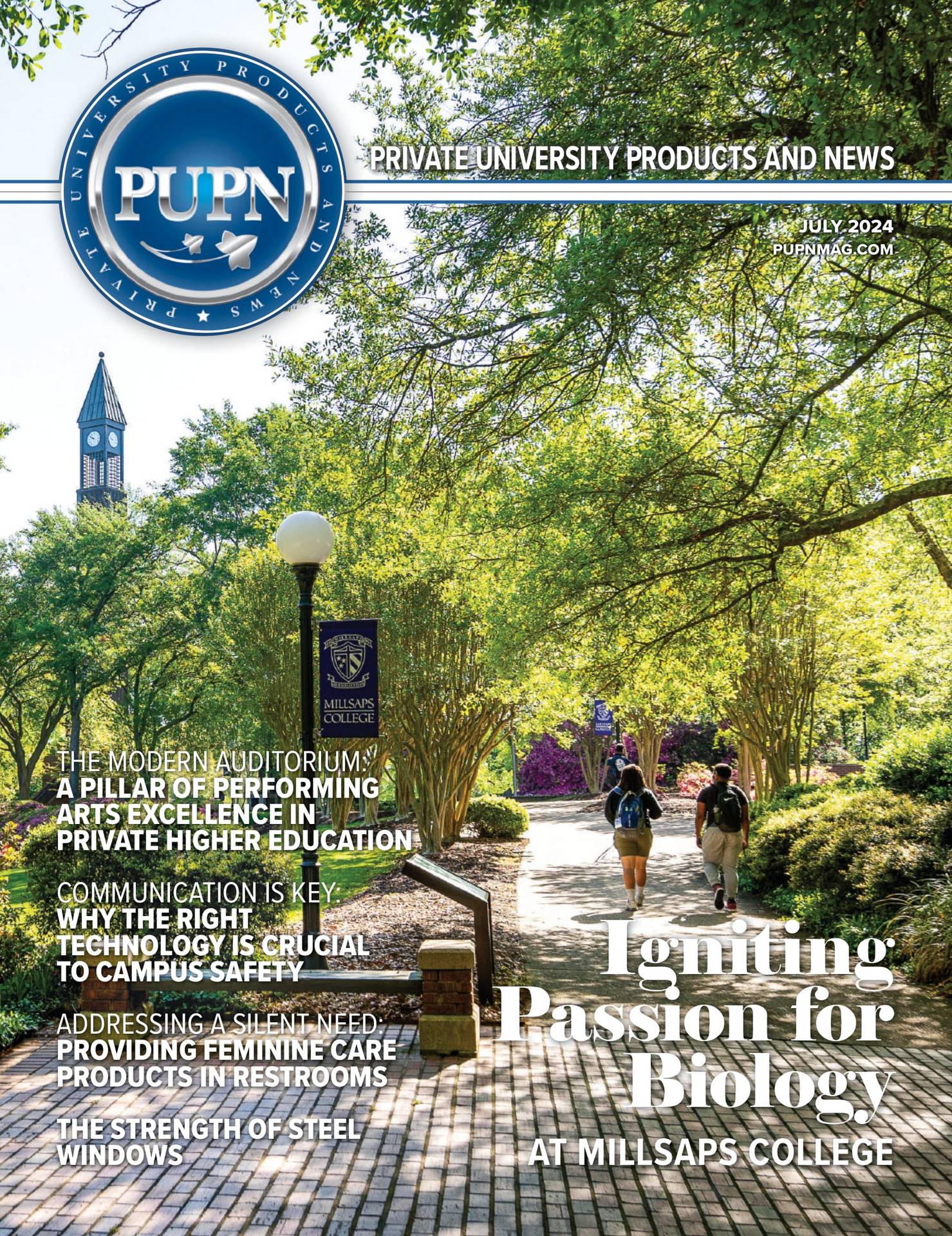Love at First Sight
Imagine a prospective student arriving on your campus for the first time. The sight of well-maintained, lush green lawns, vibrant flowerbeds, and inviting outdoor spaces can make a profound impression. A well-maintained campus reflects an institution’s dedication to quality, attention to detail, and overall excellence.
In fact, the visual appeal of a campus can be a decisive factor for prospective students. Beautifully designed landscapes create an appealing backdrop for campus tours and promotional materials, making your institution stand out. Students, faculty, and alumni are more likely to feel a sense of pride and belonging when surrounded by aesthetically pleasing outdoor spaces, which also encourage socializing and community building. In no time, new students will have staked out their favorite outdoor hangouts, spots they’ll remember for the rest of their lives.
Embracing Green Alternatives
Incorporating eco-friendly and sustainable landscaping practices is not just a trend but a responsible choice that aligns with global environmental goals—goals your students share. Campuses wanting alternatives to traditional landscaping are increasingly using alternatives that are better for the environment without detracting from the beauty. Some of the most popular alternatives include:
- Native plantings: Use indigenous plants in landscaping, as they require less water and maintenance than exotic species. Native plants are adapted to the local climate and support local wildlife.
- Drought-resistant landscaping: In regions prone to water scarcity, xeriscaping is an excellent option. It minimizes the need for irrigation and often includes gravel, succulents, and native grasses.
- Permeable paving: Choose permeable pavement options for walkways and driveways. These allow rainwater to seep through, reducing runoff and contributing to groundwater recharge.
- Green roofs and living walls: Incorporate green roofs and living walls to enhance the beauty of your campus while also improving insulation, reducing energy costs, and promoting biodiversity.
- Rain gardens: Create rain gardens to manage stormwater runoff. These gardens can help filter pollutants from runoff and replenish local aquifers.*
Outdoor Environments and Mental Well-Being
Private higher education institutions have a responsibility not only to educate but also to nurture the mental well-being of their students and entire university community. Exterior landscaping plays a surprisingly significant role in this regard. Access to green spaces has been linked to reduced stress levels and improved mental health. Outdoor environments, particularly those with elements like water features or natural sculptures, can stimulate creativity and improve concentration. Comfortable outdoor areas make for great study spots on a pretty day. And well-designed outdoor spaces also encourage physical activity, promoting a healthy lifestyle. Finally, changing landscapes throughout the seasons provide a dynamic and ever-evolving environment, offering visual interest and emotional stimulation. **
Case Studies: Success Stories in Higher Education Landscaping
To illustrate the tangible benefits of strategic landscaping, two institutions of private higher education stand out.
1. Stanford University:
Stanford’s commitment to sustainable landscaping is evident in its use of native and drought-resistant plants across campus. The university has also implemented a comprehensive stormwater management plan, featuring permeable pavements and bioswales. Stanford’s lush gardens and outdoor art installations create a visually stimulating and inviting atmosphere for students and visitors alike.
2. University of Virginia:
The University of Virginia’s iconic Lawn and Rotunda are prime examples of thoughtful landscape design. These historic spaces offer a sense of tradition and community. The university has also embraced sustainable practices by integrating rain gardens and green roofs into new construction projects.
If you’re considering revamping your institution’s exterior landscaping, here are some actionable steps:
- Conduct a landscape assessment: Start by assessing your current outdoor spaces. Identify areas that require attention and improvement.
- Set sustainability goals: Define your institution’s sustainability goals and objectives for landscaping. Consider factors like water conservation, waste reduction, and biodiversity promotion.
- Engage landscape architects: Collaborate with experienced landscape architects who can help you design outdoor spaces that align with your goals, budget, and vision.
- Involve the campus community: Seek input from students, faculty, and staff to ensure that your landscaping plans cater to the needs and desires of your campus community.
- Implement a maintenance plan: A well-executed plan must be followed by a robust maintenance strategy to keep your outdoor spaces vibrant and inviting.
Cultivating Excellence through Landscape Design
In the world of private higher education, exterior landscaping isn’t merely about beautification—it’s about creating an environment that fosters well-being, enhances the institution’s image, and attracts prospective students. By embracing sustainable practices and prioritizing outdoor spaces, private institutions can set themselves apart, making a lasting impression on all who walk through their gates. Remember, the power of nature is not only in its aesthetic appeal but also in its ability to nurture the mind and spirit, enriching the educational experience for all.
* To learn more about sustainable landscaping practices, visit the American Society of Landscape Architects (ASLA).
** For a more in-depth exploration of the connection between nature and well-being, consult resources from the National Park Service’s Healthy Parks Healthy People Program.










